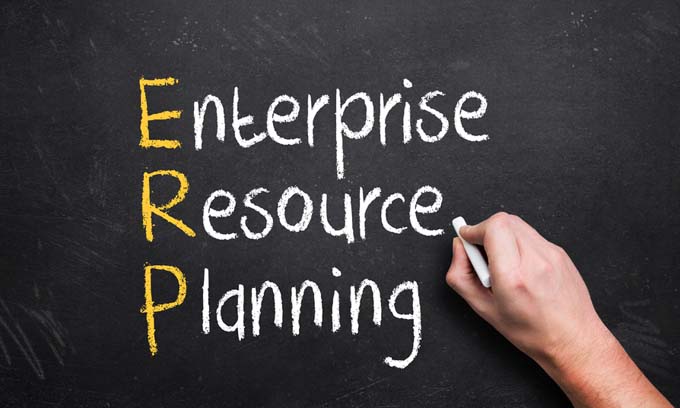Five tips for ERP implementation at SMEs
The introduction of an ERP (Enterprise Resource Planning) system presents many small and medium-sized companies with major challenges. Whether process flows, employee acceptance or project management alone - companies have to consider various aspects in order to implement the project successfully.

Are you planning to introduce a new ERP system next year? If so, this wants to be well prepared - just like a journey. If you start an ERP implementation without a roadmap, you will quickly end up in a dead end - and that can be expensive. To successfully guide the journey to its destination, you need a map that shows the way station by station. David Lauchenauer - Managing Director and shareholder of the Myfactory Group - has summarized what this map should contain for small and medium-sized companies in Switzerland.
Tip one: Determine framework conditions
Searching the Internet and randomly writing to providers is the quickest way, but not the best. On the contrary. It quickly leads to disillusionment and only costs time and resources. What is needed, therefore, is a project definition. Here, it is necessary to set goals, define responsible persons and assign roles. The result is a framework for the upcoming project. This also includes all the requirements that the system must fulfill - a so-called requirements specification.
Tip two: Search for providers
Once the framework and specifications are in place, the next step is to find the right manufacturer. Ideally, companies limit themselves to three to five providers. The solution is then presented in personal meetings and it is shown what the software can do per se and what still needs to be adapted. When making the choice, it is important to consider not only the costs but also the interpersonal aspects - if the chemistry is not right, even the best offer will be of no use.
Tip three: Test solution
Immediately after selecting the provider, it is recommended to set up a test environment. It serves as a central development and verification instance and is adapted in an agile manner. The advantage: Change requests can be implemented directly and those involved identify more quickly with "their" solution. If the ERP system meets the expectations, it is accepted. This is followed by data transfer and preparation for live operation, which must be accompanied by comprehensive training for all users.
Tip four: Optimize software
Once employees have been trained and all processes have been established, the optimization phase begins. The goal is to be able to react quickly to changes or external and internal influences. Especially in the digital transformation, this flexibility and agility is essential to achieve competitive advantages and efficiency gains. However, this also requires a trustworthy partner who can make the desired adjustments quickly and reliably.
Tip five: Evaluate project
The introduction of an ERP system is an immense challenge for everyone involved, and one that the entire organization can grow from. For this reason, it is important to evaluate the project after implementation. Retrospectives are a good way to do this. Here, everyone brings up what was negative, what was positive, and what was learned. These insights in turn help in future projects to create an even better map and to reach the goal faster.
Those looking for even more detailed information on planning an ERP implementation will find it in a free whitepaper from Myfactory.









